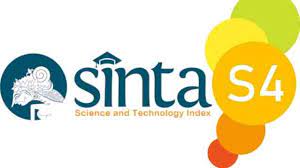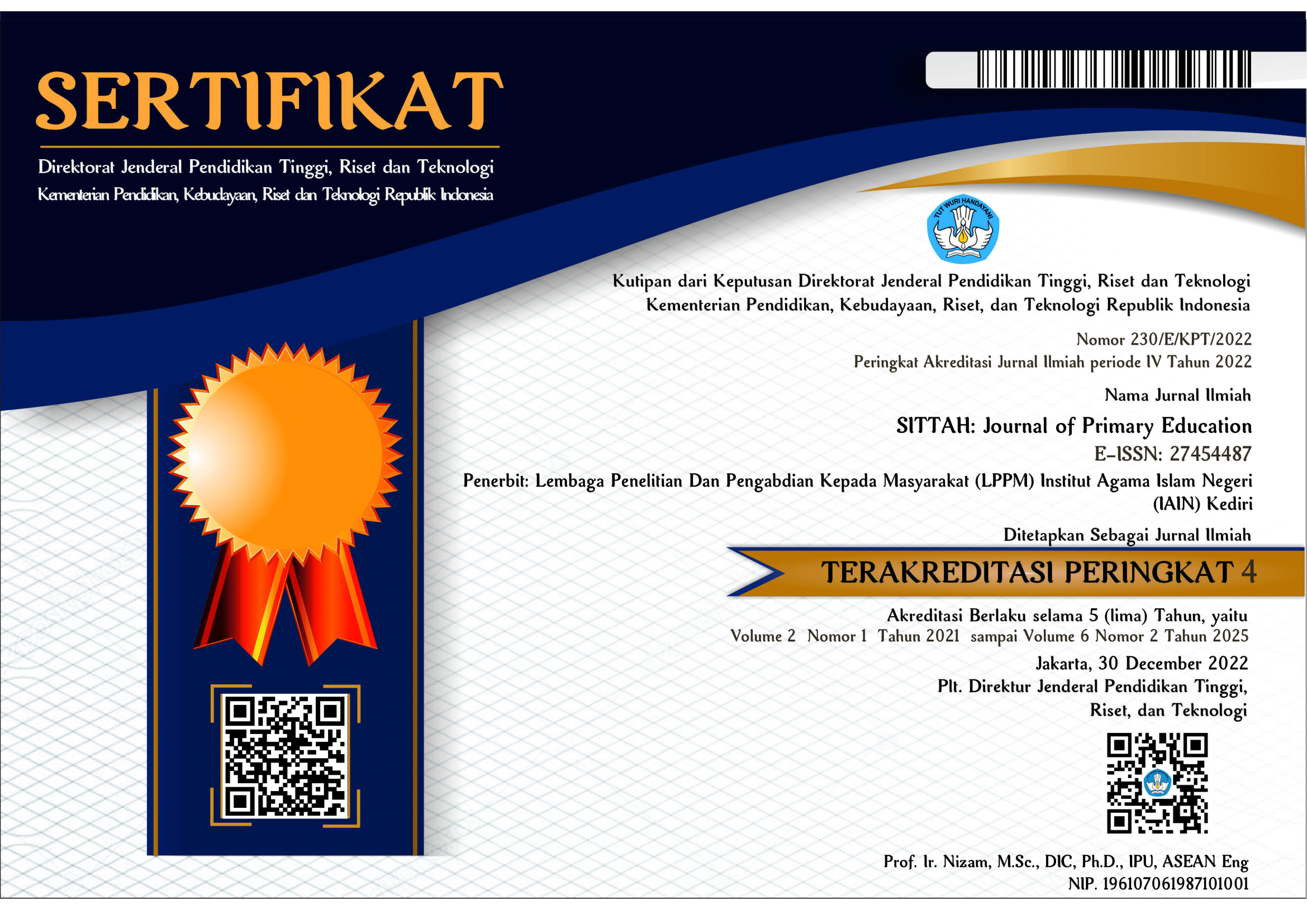Publication Ethics and Malpractice Statement
Section A: Publication and authorship
- All submitted papers are subject to strict peer-review process by at least two credible reviewers that are experts in the area of the particular paper.
- Review process are double-blind peer review.
- The factors that are taken into account in review are relevance, soundness, significance, originality, readability and language.
- The possible decisions include acceptance, acceptance with revisions, or rejection.
- If authors are encouraged to revise and resubmit a submission, there is no guarantee that the revised submission will be accepted.
- Rejected articles will not be re-reviewed.
- The paper acceptance is constrained by such legal requirements as shall then be in force regarding libel, copyright infringement and plagiarism.
- No research can be included in more than one publication.
Section B: Authors’ responsibilities
- Authors must certify that their manuscripts are their original work.
- Authors must certify that the manuscript has not previously been published elsewhere.
- Authors must certify that the manuscript is not currently being considered for publication elsewhere.
- Authors must participate in the peer review process.
- Authors are obliged to provide retractions or corrections of mistakes.
- All Authors mentioned in the paper must have significantly contributed to the research.
- Authors must state that all data in the paper are real and authentic.
- Authors must notify the Editors of any conflicts of interest.
- Authors must identify all sources used in the creation of their manuscript.
- Authors must report any errors they discover in their published paper to the Editors.
Section C: Reviewers’ responsibilities
- Reviewers should keep all information regarding papers confidential and treat them as privileged information.
- Reviews should be conducted objectively, with no personal criticism of the author.
- Reviewers should express their views clearly with supporting arguments.
- Reviewers should identify relevant published work that has not been cited by the authors.
- Reviewers should also call to the Editor in Chief’s attention any substantial similarity or overlap between the manuscript under consideration and any other published paper of which they have personal knowledge.
- Reviewers should not review manuscripts in which they have conflicts of interestresulting from competitive, collaborative, or other relationships or connections with any of the authors, companies, or institutions connected to the papers.
Section D: Editors’ responsibilities
- Editors have complete responsibility and authority to reject/accept an article.
- Editors are responsible for the contents and overall quality of the publication.
- Editors should always consider the needs of the authors and the readers when attempting to improve the publication.
- Editors should guarantee the quality of the papers and the integrity of the academic record.
- Editors should publish errata pages or make corrections when needed.
- Editors should have a clear picture of a research’s funding sources.
- Editors should base their decisions solely one the papers’ importance, originality, clarity and relevance to publication’s scope.
- Editors should not reverse their decisions nor overturn the ones of previous editors without serious reason.
- Editors should preserve the anonymity of reviewers.
- Editors should ensure that all research material they publish conforms to internationally accepted ethical guidelines.
- Editors should only accept a paper when reasonably certain.
- Editors should act if they suspect misconduct, whether a paper is published or unpublished, and make all reasonable attempts to persist in obtaining a resolution to the problem.
- Editors should not reject papers based on suspicions, they should have proof of misconduct.
- Editors should not allow any conflicts of interest between staff, authors, reviewers and board members.
Retraction & Correction (R & C) Policy
We understand that the authors have worked carefully preparing manuscripts, and we have carried out peer-review processes. However, sometimes there is the potential for published articles to be withdrawn or deleted for scientific reasons. It should not be done lightly and can only occur under extraordinary circumstances. Therefore, corrections, clarifications, retractions, and apologies when needed will be carried out with strict standards to maintain confidence in the authority of its electronic archives. Our commitment and policy are to maintain the integrity and completeness of important scientific records for researchers and librarians' archives.
Article Retraction
The papers published in SITTAH: Journal of Primary Education will be consider to retract in the publication if :
- They have clear evidence that the findings are unreliable, either as a result of misconduct (i.e. data fabri-cation) or honest error (i.e. miscalculation or experimental error).
- The findings have previously been published elsewhere without proper crossreferencing, permission orjustification (i.e. cases of redundant publication).
- It constitutes plagiarism.
- It reports unethical research.
The retraction mechanism follows the Retraction Guidelines of the Committee on Publication Ethics (COPE), which can be accessed at https://publicationethics.org/files/retraction%20guidelines.pdf.
Article Correction
SITTAH: Journal of Primary Education should consider issuing a correction if :
- A small part of an otherwise reliable publication reports flawed data or proves to be misleading, especially if this is the result of honest error.
- The Author or Contributor list is incorrect (i.e. a deserving author has been omitted or someone who does not meet authorship criteria has been included).
Corrections to peer-reviewed content fall into one of three categories:
- Publisher correction (erratum): to notify readers of a critical error made by publishing/journal staff (usually a production error) that has a negative impact on the publication record or the scientific integrity of the article, or on the reputation of the Authors or the journal.
- Author correction (corrigendum): to notify readers of an important error made by the Authors, which negatively impacts the publication record or the scientific integrity of the article or the reputation of the Authors or the journal.
- Addendum: an addition to the article by its Authors to explain inconsistencies, to expand the existing work, or otherwise explain or update the information in the main work.
The decision of whether a correction should be issued is made by the Editor(s) of a journal, sometimes with advice from Reviewers or Editorial Board members. Editors will contact the Authors of the paper concerned with a request for clarification, but the final decision about whether a correction is required and which type rests with the Editor in Chief.
Article Removal
In an extremely limited number of cases, it may be necessary to remove a published article from our online platform. This will only happen if an article is clearly defamatory, or infringes others’ legal rights, or where the article is, or we have good reason to expect that it will be, the subject of a court order, or where the article if acted upon, may pose a serious health risk. In such circumstances, while the article's metadata (i.e., title and author information) will be retained, the text will be replaced with a screen indicating that the article has been removed for legal reasons.
Article Replacement
In cases where an article, if acted upon, may pose a serious health risk, the Authors of the original paper may wish to retract the flawed original and replace it with a corrected version. Under such circumstances, the above procedures for retraction will be followed with the difference that the article retraction notice will contain a link to the corrected re-published article together with a history of the document.










